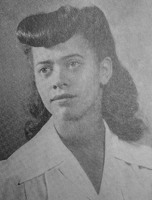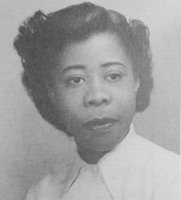Browse Exhibits (2 total)
Douglass Research: Finding Veronica Henriksen

Research for the book Scarlet and Black, Volume 2: Constructing Race and Gender at Rutgers, 1865-1945 expanded beyond Rutgers College to include the New Jersey College for Women (NJC). Established in 1918 as a premier women’s college in New Jersey, NJC (which later became Douglass College) did not admit its first African American student, Julia Baxter Bates, until 1934. Keeping in line with the goals of the Scarlet and Black Project, my fellow researcher Pamela Walker and I were tasked with identifying and narrating the lives of women at the margins: African American women, non-black women of color, and Jewish women who had attended NJC. The book's fourth chapter, “Profiles in Courage: Breaking the Color Line at Douglass College,” presents the results of our research. This exhibit explains our research process as we dug into the archive to uncover the story of Veronica Henriksen, NJC class of 1944.
Douglass Firsts: Emma Andrews and Evelyn Sermons

Douglass College was founded in 1918 and was originally known as the New Jersey College for Women (NJC). Although NJC admitted a handful of black students beginning in 1934, the college's residence halls were segregated. Black women had to live off-campus and commute to school until Emma Andrews and Evelyn Sermons desegregated the dorms in 1946. This exhibit highlights the key players in the desegregation of NJC’s residence halls, black women's campus experiences, and the impact of this pivotal moment in NJC’s history.
Featured Exhibit
Douglass Research: Finding Veronica Henriksen

Research for the book Scarlet and Black, Volume 2: Constructing Race and Gender at Rutgers, 1865-1945 expanded beyond Rutgers College...
